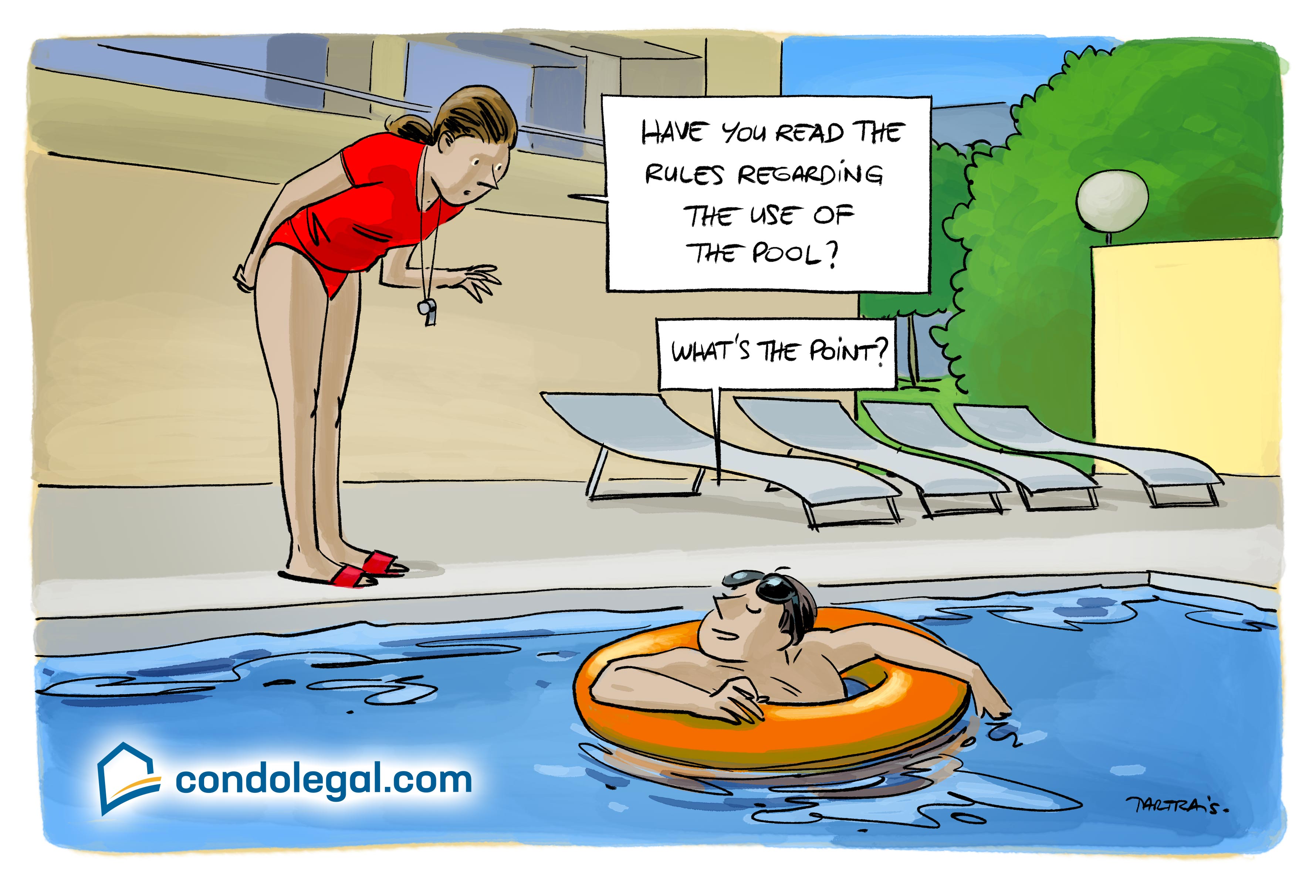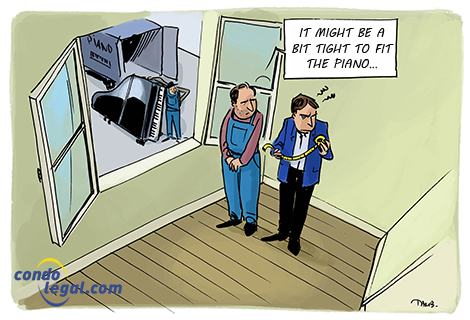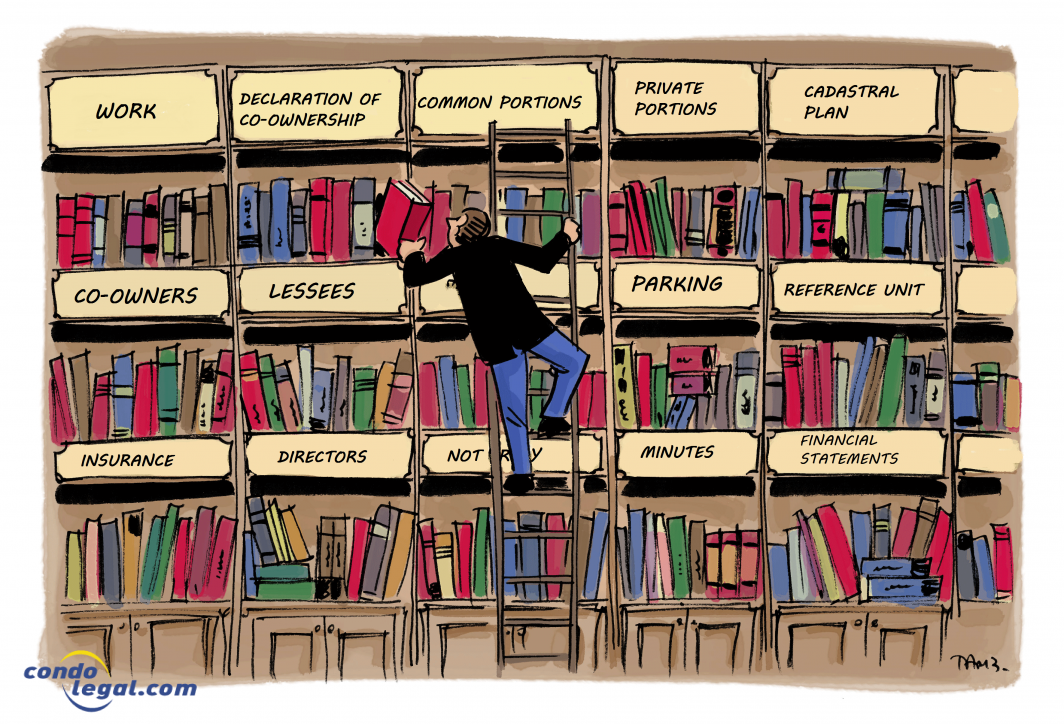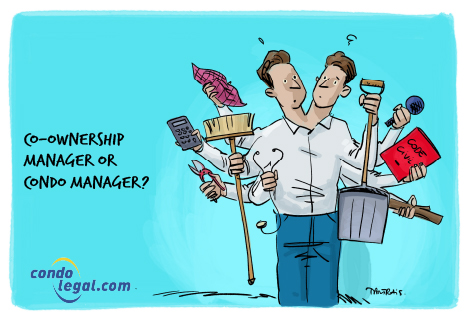22 Articles

In many co-ownerships, managing common spaces represents a daily challenge. Among these challenges, vehicle parking is a thorny issue, just like everywhere else. There are often not enough spaces for all the cars, not to mention those that illegally occupy spots reserved for visitors or remain parked for months without moving, and no one knows who they belong to. This problem often requires the intervention of the manager or the board of directors to maintain…...

The presence of a swimming pool in a divided co-ownership is a significant attraction for the building's occupants, transforming common portions into a haven of relaxation and comfort. This facility allows residents to enjoy swimming pleasures without leaving the comfort of their home. Effective management and proper use of this common space are crucial for optimizing the well-being of the co-owners and occupants of the building. Additionally, it is important to be familiar with the…...

Relocations and move-ins involve going through the common portions of the building to transport furniture, boxes and other personal belongings. These operations could turn into a real mess or nightmare if, in a co-ownership (condominium), the framework for managing them has not been clearly established. While certain provisions of the declaration of co-ownership are universal on this issue, nothing prevents a syndicate of co-owners from improving its content in order to adapt them to its own…...

Optimal management of a co-ownership (condominium) is rooted in the meticulous keeping of a register and so, in accordance with section 342 of the Civil Code of Québec; this register, partially accessible to co-owners, contains vital information for the proper functioning of the co-ownership such as the contact details of the co-owners as well as financial and administrative documents. The keeping of a register is a fundamental approach to ensuring transparency and order within the co-ownership; the Civil Code of Québec and the…...

Co-ownership (condominium) staff management involves several duties and responsibilities; if the employer is the syndicate of co-owners, it is the board of directors and sometimes even the manager in his capacity as a mandatary of the syndicate who has the authority to give instructions to the co-ownership's employees. Whether it concerns the janitor, security personnel or the gardener, the implications are financial and managerial issues occur; in managing staff, one must take into account the following elements: recruitment, remuneration, employee performance…...

Parasitic disorders in co-ownerships (condominiums) are truly present; they take the form of infestations of various insects such as cockroaches, carpenter ants, firebrats as well as bed bugs and so, without forgetting rats and mice whose presence has a repugnant and possibly harmful effect to human health. These insects and animals intrude unexpectedly into an apartment or even an entire co-ownership and can make its occupants' lives a nightmare. Most of the time, it is up to the syndicate of co-owners with regard to its obligation to maintain the common…...

Responsible of ensuring a good management, the condo manager plays a key role in a co-ownership (condominium); his function generally falls under the authority of the board of directors. Similarly to the directors, the function of the condo manager aligns with the preservation of the immovable for which he is responsible; his objective is to ease the directors' tasks and not to replace them and so, in order for them to better exercise their decision-making powers. Truly the orchestra conductor of the co-ownership, the condo…...

The legal status of parking spaces varies from one co-ownership (condominium) to another, according to the provisions of the declaration of co-ownership (constituting act of the co-ownership). These spaces, intended for vehicle parking, can be located either underground or outside the immovable. It is essential to distinguish the spaces classified as private portions from others, which can be designated as common portions or common portions for restricted use; they each have their own characteristics. For the board of directors, it is…...

Distinguishing between the function of the co-ownership manager (gérant) and the condo manager (gestionnaire) is not an easy task; most participants who work in the field of a co-ownership (condominium) struggle with this issue. The co-ownership manager has decision-making powers regarding the management of the co-ownership whereas the condo manager acts as an advisor and is the one who implements the decisions made by the board of directors. ...

A co-ownership is exposed to various types of risks, such as fires, water damages, theft and acts vandalism; among these risks, one that is often overlooked is fraud. Those capable of committing fraudulent acts can sometimes be unsuspected or seemingly above suspicion; this includes director, co-owner, condo manager, service providers, and third parties. In light of these risks, it is essential to implement control measures and financial vigilance to detect and prevent any attempts at fraud…...
